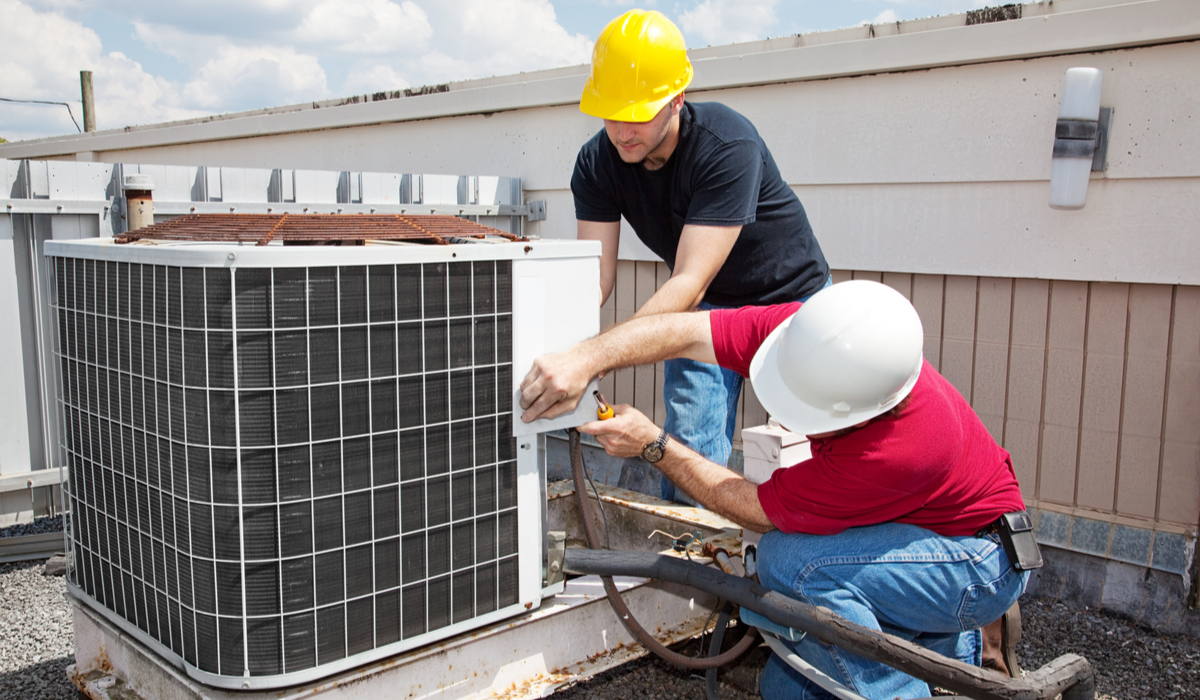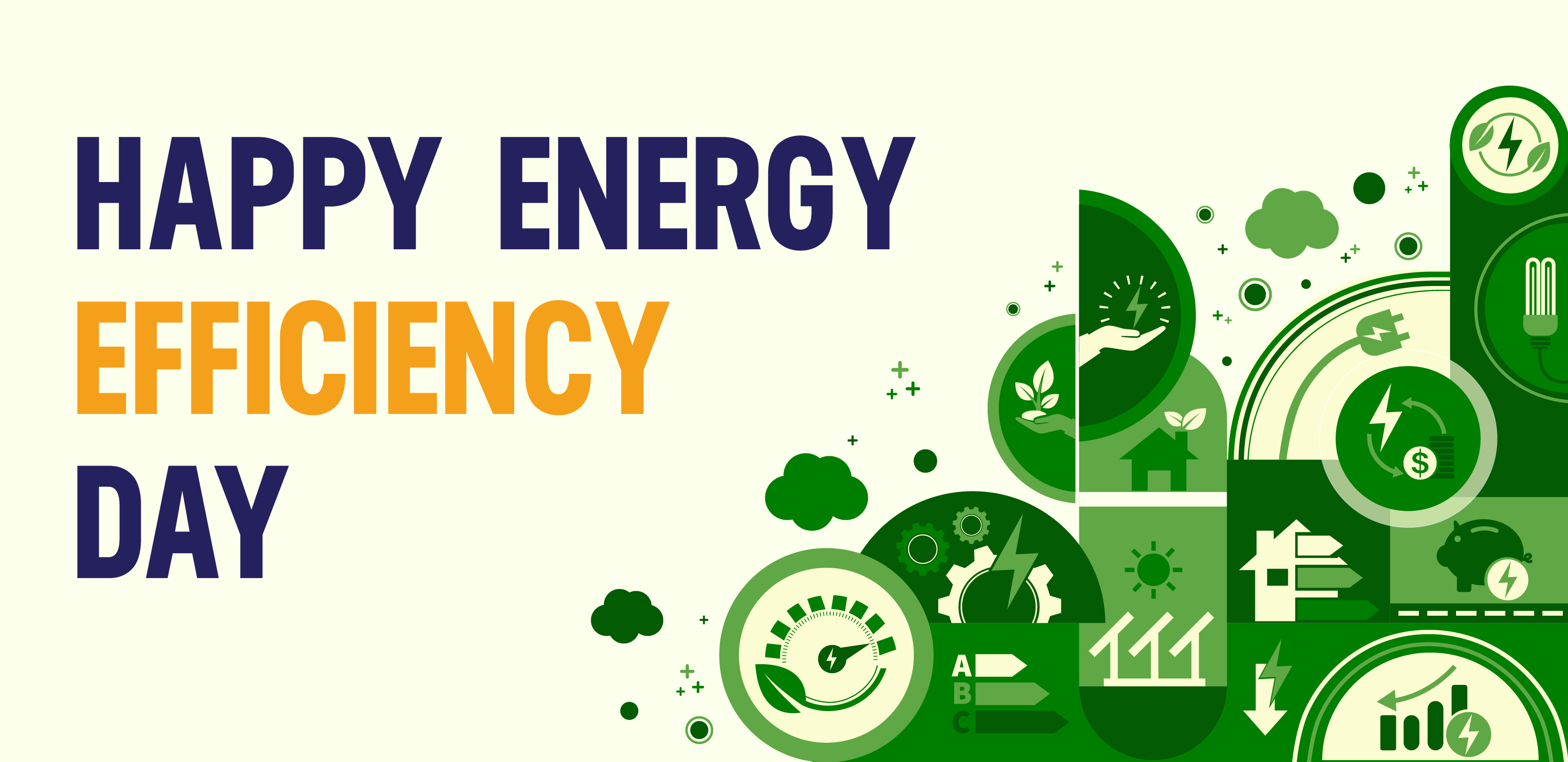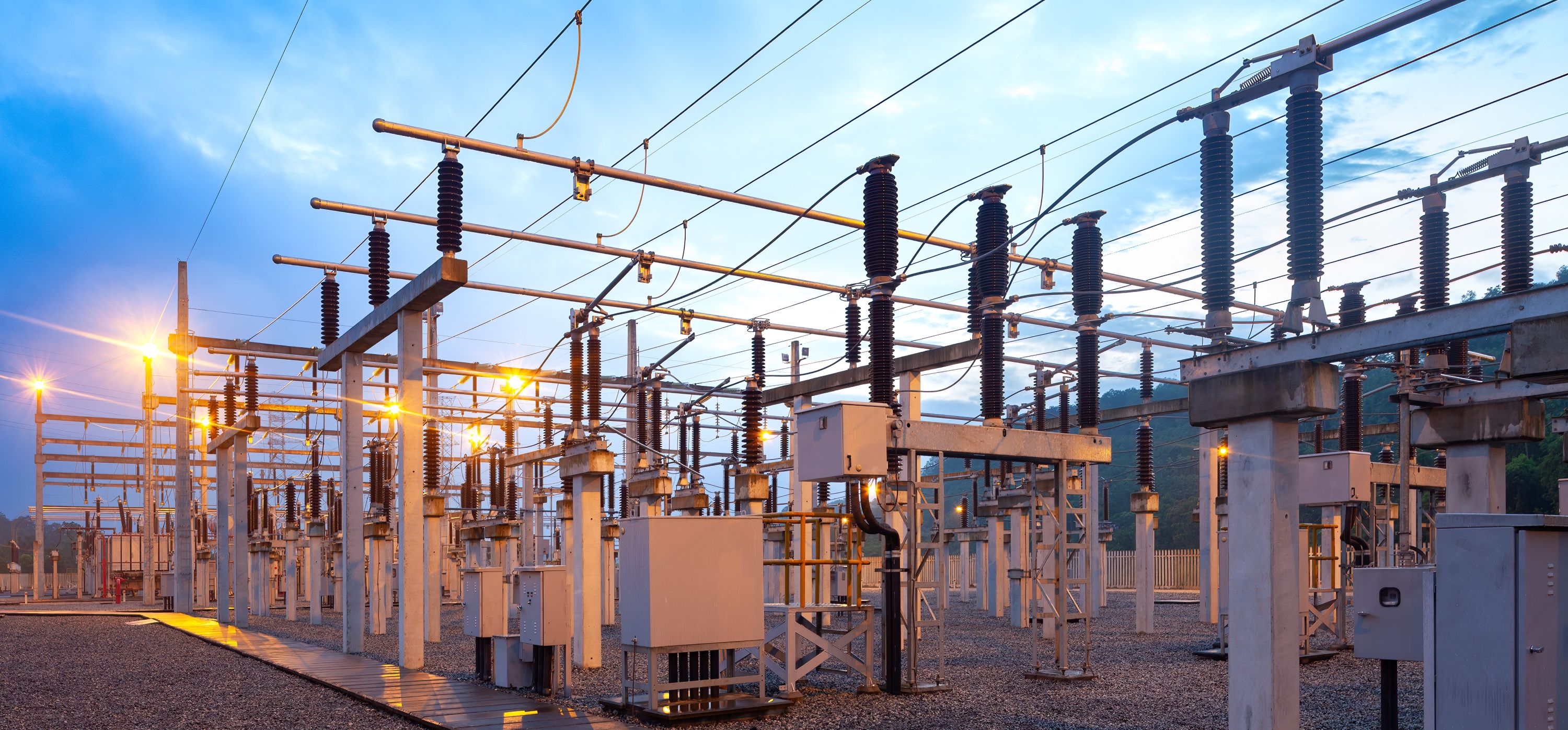Efficiency and Jobs, Jobs, Jobs
Let's Save Energy
Alliance to Save Energy's Blog

As this year’s Earth Month wraps up, it’s clear the unofficial theme was jobs, jobs, and jobs. In the past couple weeks, three reports – including E2’s sixth annual Clean Jobs America report, NASEO and Energy Futures Initiative's Wages, Benefits, and Change: A Supplemental Report to the U.S. Energy and Employment Report, and a second NASEO report on Diversity in the U.S. Energy Workforce – explored the characteristics of the clean energy workforce. Together, the trio illustrates the opportunities and challenges facing the efficiency sector. Here are the biggest takeaways.
Efficiency is Everywhere
Efficiency jobs include both the production and installation of energy-saving products and the provision of services that reduce end-use energy consumption. This spans a variety of sectors – utility, transportation, buildings – and disciplines, including construction, manufacturing, installation, and professional services. The fact that efficiency work is so varied means it offers opportunities for a number of skillsets and can be served by various job training programs – making it an industry ripe to absorb workers from other sectors as needs change. Moreover, Wages, Benefits, and Change also found that many efficiency jobs do not require four-year or post-graduate degrees, suggesting that these jobs have a low barrier to entry. And, unlike energy production jobs, efficiency jobs are found in 99.8% of U.S. counties, meaning there are available jobs pretty much everywhere in the country.
Efficiency Jobs are Good Jobs
The average wage of an energy efficiency worker is $24.44, 28% higher than the national median of $19.14. The efficiency sector also has higher rates of union membership than the national workforce. Additionally, an average of 87% of efficiency employers offer access to full or partial employer-paid healthcare, compared to the national private sector average of 69%.
The Sector is Ripe for Growth – With the Right Action
Prior to COVID-19, energy efficiency was the fastest growing sector and biggest employer in the clean energy industry, employing nearly 2.4 million American workers. It accounts for more than a quarter of all energy jobs in the United States. For reference, that’s double the number of employees in traditional fossil fuels and nearly seven times more than wind and solar jobs combined.
But the pandemic caused efficiency employment to decline more than 11% last year. Almost 300,000 energy efficiency jobs have been lost since last March, and now is the time to act on policies that will get these workers back on the job. One analysis finds that federal investment in energy efficiency programs could create 1.3 million more jobs in the industry.
This is why the Alliance is advocating for Congress to pass legislation that stimulates demand for efficiency work – such as the Open Back Better Act, a bill that would provide stimulus funding for energy efficiency and resiliency retrofit projects in mission-critical public facilities (such as schools, hospitals, and government buildings) and the Main Street Efficiency Act, a forthcoming bill that would create a federal energy efficiency grant program for small businesses by matching incentives provided by utility demand-side management programs with federal funds. We also know that extending and expanding energy efficiency tax incentives – such as 25C, 45L and 179D – can quickly stimulate economic activity in the sector, giving homeowners, homebuilders, and commercial building owners strong incentives to invest while giving businesses the demand they need to maintain their workforce and rehire. One estimate finds that extending these tax incentives could create upwards of 600,000 jobs.
There’s Room for Improvement
While the efficiency sector checks many boxes, the data indicate that we can be doing more to ensure that the efficiency workforce reflects the communities they serve. Consider that Diversity in the U.S. Energy Workforce finds that while Black Americans represent 12% of the total workforce, they represent just 8% of the efficiency workforce, and women only constitute 25% of the efficiency workforce despite making up 47% of the general workforce.
We cannot assume that these disparities can be resolved organically. Rather, we need to enact targeted legislation that can help address these inequities. That’s why the Alliance supports House Energy & Commerce Chairman Bobby Rush’s Blue Collar to Green Collar Jobs Development Act, which prioritizes training individuals from communities that historically have not been well represented in the efficiency workforce, in addition to individuals from communities affected by the energy transition. Aside from creating a program that would administer grants to eligible entities, the bill would create a clearinghouse at the Department of Energy that would maintain granular data on the shifting needs of the clean energy industry.
We Know the Numbers. Now Let’s Act.
The three reports released this month provide even more evidence that as policymakers head into legislative negotiations this spring and summer, they should ensure any infrastructure package includes policies that expand opportunities in the energy efficiency sector and ensure they are accessible to all the nation’s workers.
STAY EMPOWERED
Help the Alliance advocate for policies to use energy more efficiently – supporting job creation, reduced emissions, and lower costs. Contact your member of Congress.
Energy efficiency is smart, nonpartisan, and practical. So are we. Our strength comes from an unparalleled group of Alliance Associates working collaboratively under the Alliance umbrella to pave the way for energy efficiency gains.
The power of efficiency is in your hands. Supporting the Alliance means supporting a vision for using energy more productively to achieve economic growth, a cleaner environment, and greater energy security, affordability, and reliability.



